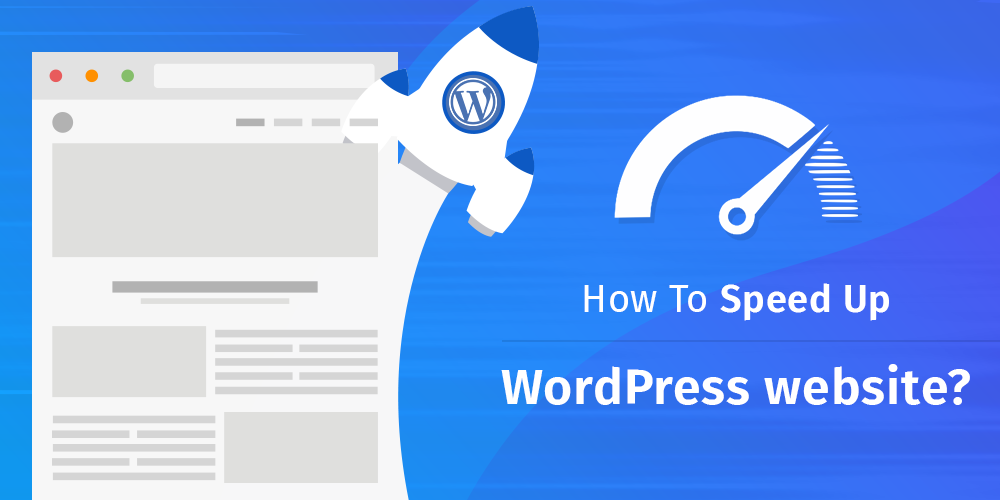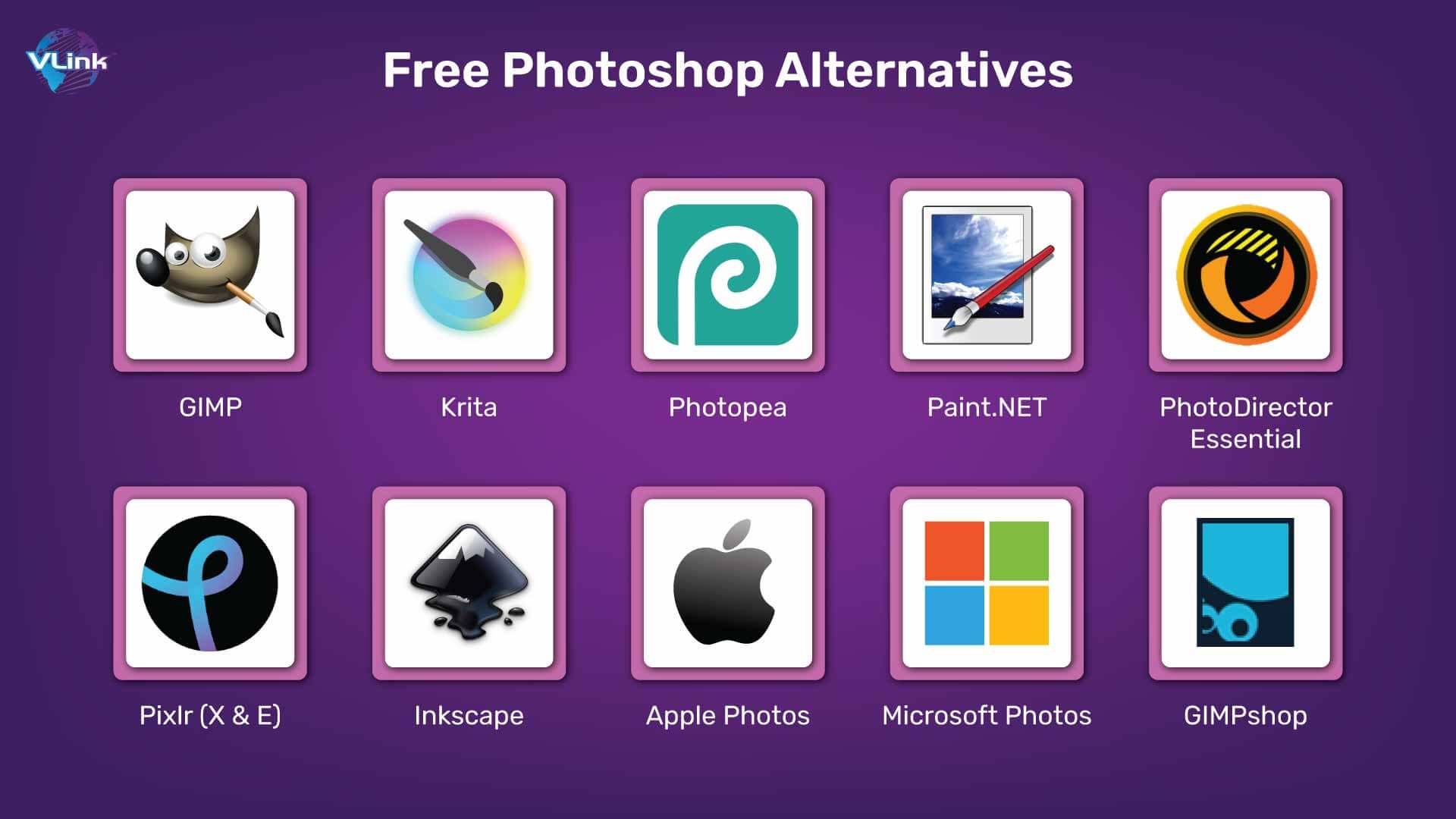Introduction
Blogging has evolved from a simple online journaling hobby into a full-fledged career path for millions of people worldwide. Whether you want to share your passion, build a personal brand, or generate income, blogging offers endless opportunities.
In this comprehensive guide, we’ll cover everything you need to know about becoming a successful blogger in 2024, including:
- What is Blogging?
- Why Start a Blog?
- Choosing a Blogging Niche
- Setting Up Your Blog
- Creating High-Quality Content
- Growing Your Audience
- Monetizing Your Blog
- SEO for Bloggers
- Common Blogging Mistakes to Avoid
- The Future of Blogging
By the end of this article, you’ll have a clear roadmap to launching and growing a successful blog.
1. What is Blogging?
A blog (short for “weblog”) is an online platform where individuals or businesses share written content, images, videos, and other media. Blogging involves regularly updating a website with posts that engage, inform, or entertain readers.
Types of Blogs:
- Personal Blogs – Share life experiences, opinions, and hobbies.
- Business Blogs – Promote brands, products, and services.
- Niche Blogs – Focus on specific topics (e.g., travel, tech, finance).
- Affiliate Blogs – Earn commissions by promoting products.
- News & Magazine Blogs – Cover trending topics and industry news.
Blogs can be hosted on platforms like WordPress, Blogger, or Wix, or as independent self-hosted websites.
2. Why Start a Blog?
There are numerous reasons why people start blogs:
A. Personal Benefits
- Express Yourself – Share thoughts, creativity, and expertise.
- Build a Personal Brand – Establish authority in your field.
- Improve Writing Skills – Regular blogging enhances communication.
B. Professional & Financial Benefits
- Earn Money – Through ads, sponsorships, and affiliate marketing.
- Work from Anywhere – Blogging offers location independence.
- Networking Opportunities – Connect with influencers and brands.
C. Business Benefits
- Boost SEO & Traffic – Blogs help businesses rank higher on Google.
- Engage Customers – Provide valuable content to your audience.
- Generate Leads – Convert readers into customers.
Whether for passion or profit, blogging is a powerful tool for personal and professional growth.
3. Choosing a Blogging Niche
Selecting the right niche is crucial for long-term success. A niche is a specific topic your blog focuses on, such as fitness, finance, or fashion.
How to Choose a Niche:
 Passion & Knowledge – Pick something you enjoy and know well.
Passion & Knowledge – Pick something you enjoy and know well.
 Profit Potential – Ensure the niche has monetization options.
Profit Potential – Ensure the niche has monetization options.
 Audience Demand – Research if people are searching for the topic.
Audience Demand – Research if people are searching for the topic.
 Competition Level – Avoid oversaturated niches unless you have a unique angle.
Competition Level – Avoid oversaturated niches unless you have a unique angle.
Profitable Blogging Niches in 2024:
- Health & Wellness (Fitness, Mental Health, Nutrition)
- Personal Finance & Investing
- Technology & Gadgets
- Travel & Lifestyle
- Parenting & Family
- Sustainable Living & Green Energy
- Digital Marketing & Entrepreneurship
Once you’ve chosen a niche, stick to it to build a loyal audience.
4. Setting Up Your Blog
Now that you’ve selected a niche, it’s time to set up your blog.
Step 1: Choose a Domain Name
- Keep it short, memorable, and brandable.
- Use a .com extension if possible.
- Avoid numbers and hyphens.
Step 2: Select a Hosting Provider
Popular hosting services:
- Bluehost (Beginner-friendly)
- SiteGround (Fast & Secure)
- Hostinger (Affordable)
Step 3: Install WordPress
WordPress powers over 40% of all websites due to its flexibility and ease of use. Most hosting providers offer 1-click WordPress installation.
Step 4: Pick a Theme
Choose a responsive, SEO-friendly theme like:
Step 5: Install Essential Plugins
- Yoast SEO (Optimize for search engines)
- Akismet (Block spam comments)
- WP Rocket (Speed up your site)
- MonsterInsights (Track traffic with Google Analytics)
Your blog is now ready for content creation!
5. Creating High-Quality Content
Content is the backbone of blogging. High-quality posts attract readers and improve search rankings.
How to Write Engaging Blog Posts:
 Understand Your Audience – Write for their needs and interests.
Understand Your Audience – Write for their needs and interests.
 Catchy Headlines – Use power words (e.g., “Ultimate Guide,” “Pro Tips”).
Catchy Headlines – Use power words (e.g., “Ultimate Guide,” “Pro Tips”).
 SEO Optimization – Include keywords naturally.
SEO Optimization – Include keywords naturally.
 Readable Formatting – Use short paragraphs, bullet points, and subheadings.
Readable Formatting – Use short paragraphs, bullet points, and subheadings.
 Add Visuals – Images, infographics, and videos enhance engagement.
Add Visuals – Images, infographics, and videos enhance engagement.
 Call-to-Action (CTA) – Encourage comments, shares, or purchases.
Call-to-Action (CTA) – Encourage comments, shares, or purchases.
Content Ideas for Bloggers:
- How-to Guides
- Listicles (e.g., “10 Best Tools for…”)
- Product Reviews
- Case Studies
- Personal Stories
- Trend Analysis
Post consistently (at least 1-2 times per week) to keep readers engaged.
6. Growing Your Audience
Without readers, your blog won’t succeed. Here’s how to attract and retain an audience.
A. Social Media Promotion
- Share posts on Facebook, Twitter, LinkedIn, Pinterest, and Instagram.
- Join Facebook Groups and Reddit communities in your niche.
B. Email Marketing
- Build an email list using ConvertKit or Mailchimp.
- Offer a freebie (e.g., eBook, checklist) to attract subscribers.
C. Guest Blogging
- Write for established blogs to gain backlinks and exposure.
D. Engage with Readers
- Reply to comments and emails.
- Run polls and Q&A sessions.
E. Collaborate with Influencers
- Partner with YouTubers, podcasters, and bloggers for cross-promotion.
Growing an audience takes time, so stay patient and persistent.
7. Monetizing Your Blog
Once you have steady traffic, you can start earning money.
A. Advertising (Google AdSense, Mediavine)
- Display ads on your blog for passive income.
B. Affiliate Marketing (Amazon Associates, ShareASale)
- Earn commissions by recommending products.
C. Sponsored Posts
- Brands pay you to write reviews or feature their products.
D. Selling Digital Products
- eBooks, courses, templates, and printables.
E. Membership & Subscriptions
- Offer exclusive content via Patreon or MemberPress.
F. Freelance Services
- Offer consulting, coaching, or writing services.
Diversify income streams for financial stability.
8. SEO for Bloggers
Search Engine Optimization (SEO) helps your blog rank higher on Google.
Key SEO Strategies:
 Keyword Research – Use Ubersuggest or Ahrefs to find low-competition keywords.
Keyword Research – Use Ubersuggest or Ahrefs to find low-competition keywords.
 On-Page SEO – Optimize titles, meta descriptions, and headers.
On-Page SEO – Optimize titles, meta descriptions, and headers.
 Internal Linking – Link to your own related posts.
Internal Linking – Link to your own related posts.
 Backlinks – Get links from high-authority sites.
Backlinks – Get links from high-authority sites.
 Mobile Optimization – Ensure fast loading speeds.
Mobile Optimization – Ensure fast loading speeds.
SEO takes time but is essential for organic growth.
9. Common Blogging Mistakes to Avoid
 Inconsistent Posting – Post regularly to stay relevant.
Inconsistent Posting – Post regularly to stay relevant.
 Ignoring SEO – Optimize content for search engines.
Ignoring SEO – Optimize content for search engines.
 Poor Readability – Avoid long blocks of text.
Poor Readability – Avoid long blocks of text.
 Not Promoting – Even great content needs marketing.
Not Promoting – Even great content needs marketing.
 Giving Up Too Soon – Success takes months/years.
Giving Up Too Soon – Success takes months/years.
Learn from mistakes and keep improving.
10. The Future of Blogging
Blogging continues to evolve with trends like:
- AI-Generated Content (Tools like ChatGPT assist writers).
- Video & Interactive Content (More blogs will embed videos).
- Voice Search Optimization (Optimize for smart speakers).
- Niche Microblogs (Smaller, hyper-focused audiences).
Adapting to trends ensures long-term success.
Conclusion
Blogging is a rewarding journey that requires passion, consistency, and strategy. By choosing the right niche, creating valuable content, and leveraging SEO and monetization techniques, you can build a thriving blog in 2024.
Start today, stay persistent, and watch your blog grow into a successful platform!

 Blog8 months ago
Blog8 months ago
 Life style9 hours ago
Life style9 hours ago
 Blog8 hours ago
Blog8 hours ago
 Blog10 months ago
Blog10 months ago
 Tech10 months ago
Tech10 months ago
 Blog4 months ago
Blog4 months ago
 Entertainment3 months ago
Entertainment3 months ago
 Blog4 months ago
Blog4 months ago








 Passion & Knowledge – Pick something you enjoy and know well.
Passion & Knowledge – Pick something you enjoy and know well. Understand Your Audience – Write for their needs and interests.
Understand Your Audience – Write for their needs and interests. Keyword Research – Use Ubersuggest or Ahrefs to find low-competition keywords.
Keyword Research – Use Ubersuggest or Ahrefs to find low-competition keywords. Inconsistent Posting – Post regularly to stay relevant.
Inconsistent Posting – Post regularly to stay relevant.

 Not a photo editor (limited retouching tools).
Not a photo editor (limited retouching tools).